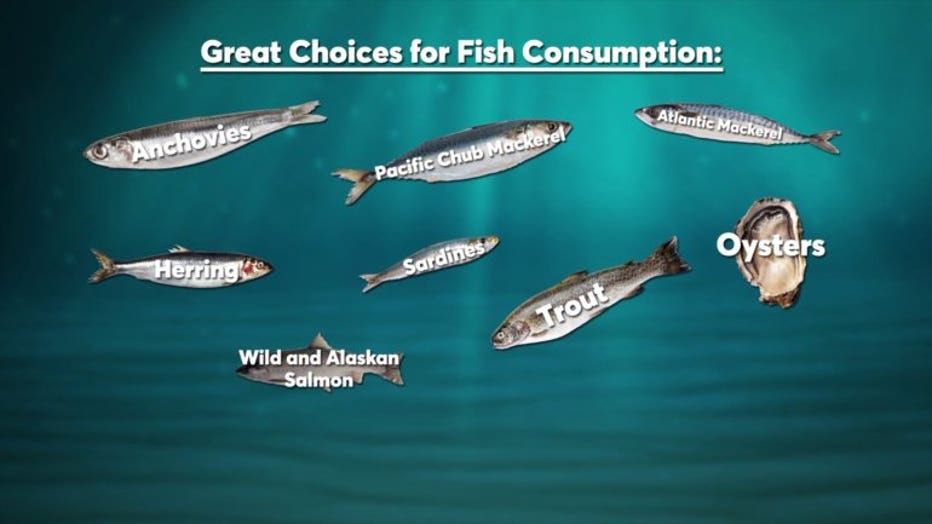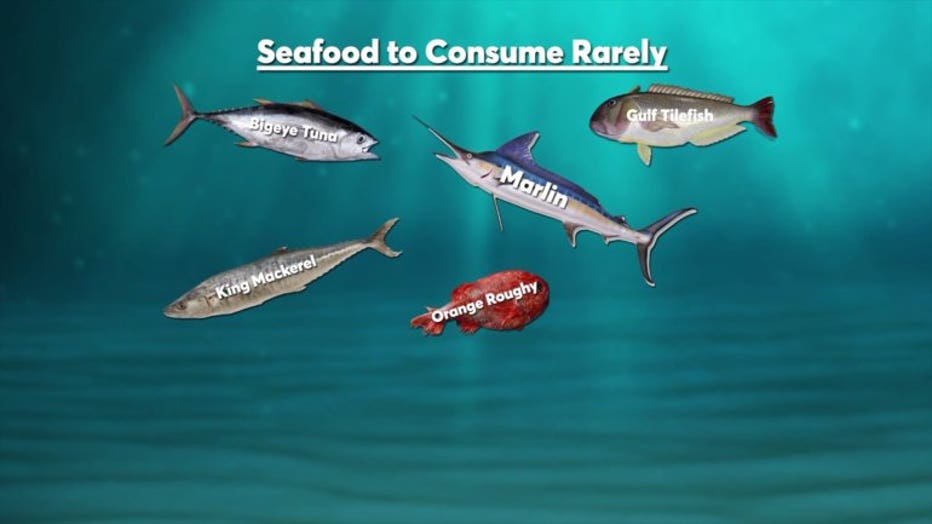Healthy seafood choices
If eating healthier is one of your New Year’s resolutions, maybe you’re thinking about adding seafood to your diet. It can be loaded with nutrients, but some
varieties provide more health benefits than others, and a few might even pose a health risk.
Consumer Reports sorts through the science to deliver some healthy seafood recommendations.
Increasing fish and seafood in your diet promotes heart health and reduces your risk of cardiovascular disease. You should aim for 8 ounces per week, or about two servings.
Many seafood options are high in protein as well as omega-3 fatty acids, which have been shown to reduce blood clots that can cause heart attacks and strokes. Consumer Reports recommends getting omega-3s by eating seafood instead of taking a fish-oil supplement.
A few great choices: anchovies, Atlantic mackerel, Pacific chub mackerel, herring, oysters, sardines, trout, and wild and Alaskan salmon (canned or fresh).

More good choices, but with slightly less omega-3, include canned light tuna, catfish, crab, flounder, sole, lobster, shrimp (wild and most U.S.-farmed), tilapia,
scallops, and wild squid.

One thing to keep in mind is that eating more fish could increase your risk of mercury intake. To reduce your exposure to mercury, Consumer Reports says to eat these types of fish rarely, if ever: bigeye tuna, Gulf tilefish, king mackerel, marlin, and orange roughy.

If you want to venture into seafood but avoid breaking the bank, Consumer Reports recommends trying out anchovies, sardines, canned salmon, and light-chunk canned tuna, which are less expensive options.

All Consumer Reports material Copyright 2019 Consumer Reports, Inc. ALL RIGHTS RESERVED. Consumer Reports is a not-for-profit organization which accepts no advertising. It has no commercial relationship with any advertiser or sponsor on this site. Fo

